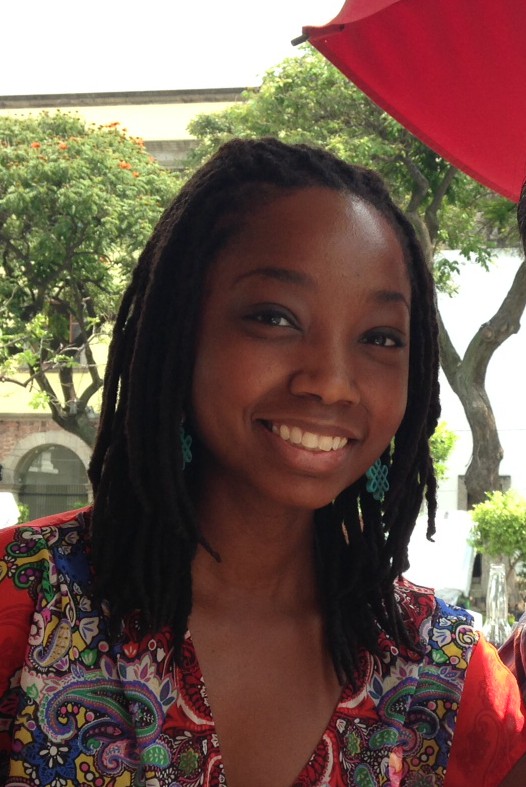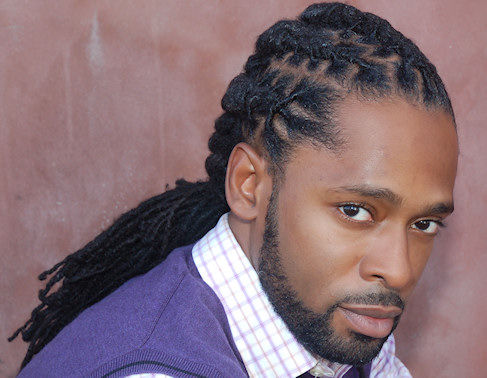I often get questions about my hair so this post is dedicated to a few dreadlocks basics!
1. Clean? Dirty? Locs are a lot like used cars.
Used cars are not inherently clean or dirty. The condition of a car depends solely on the amount of maintenance and care that the owner has been willing to put into it. Likewise, dreadlocks are not inherently dirty nor are they inherently clean. It’s all about the wearer’s preference.
There are three main sources behind the dirty locs assumption:
- The first is fact, that some people choose not to wash their locs as a matter or preference for a variety of reasons. One good reason is that daily washing isn’t necessary for scalp health and it can even cause unnecessary drying and damage to hair. The second is that there are plenty of things that we wear more than once between washes–bras, jeans, coats–and the world keeps revolving.
- At some point, rumors spread that dirty hair locs faster so some people skip washes. The truth is that avoiding agitation and softening conditioners accelerate loc formation, especially with palm-rolled locs. Dirt and oils can actually slow down the process, so each loc wearer must find his or her ideal, personalized washing/conditioning schedule.
- Lastly, some people assume that loc’d hair can’t get as clean as loose strands. I wonder if these people unravel every thread of their underwear, jeans, and sweaters before washing them? I doubt it. Hair, like clothing, can still get clean with the strands touching.
2.Can dreadlocks be undone? Depends on how they were cultivated. Palm rolled locs can be washed out or combed out, depending on how long the locs have had to mature. More complex methods like Sisterlocs or interlocking aren’t as easily reversible. It’s common for people who loc using these methods to grow out a few inches of unloc’d hair and then cut off the loc’d portions, rocking a fro, bob, or pixie cut.
3. No, it’s not okay to touch someone’s hair without asking, even if you think it’s the coolest/weirdest thing you’ve ever seen. Don’t invade anyone’s personal space without his or her consent. This is common decency.
4. Locs can always be “appropriate.” Again, locs are a lot like cars. They can be elegant and sophisticated or wild and unconventional. It’s a matter of maintenance by the loc wearer. For that reason, locs can be professional in the workplace if they’re tidy and clean.
It’s illogical to think that a set of intertwined hairs can minimizes a person’s ability to do a job well–as if hairs touching in locs are somehow worse than hairs touching in a braid or a ponytail.*sigh* Moving on.
5. It is not necessarily cultural appropriation for someone without apparent African decent to cultivate dreadlocks. Tons of people will disagree with me on this and choose to badger non-black wearers of dreads but here is my rationale: Yes, some of the first ancient peoples to loc their hair were of African descent because all ancient peoples are of African descent. I write that laughing but it’s true. The first people to wear clothing were also of African descent because all of humanity is of African descent but black people don’t claim to have exclusive use of animal skins or textiles, do we?
Outside of Africa, several peoples have a heritage that includes grooming or neglecting their hair into locs. Aboriginal groups in Oceania and the Celts immediately come to mind. I wouldn’t dare claim that their descendants have no right to honor their own heritage by wearing dreads.
I wrote that loc’d hair on non-blacks wasn’t necessarily cultural appropriation but in some cases, it is. You know who you are and so does everyone else.
Got questions? Lemme know. I’ve got (some) answers!
Thank you for you comments on white culture and locks. I have worn long locks for about 10 years now and do so because I consider myself a non-consumerist, a naturalist and live an organic lifestyle.